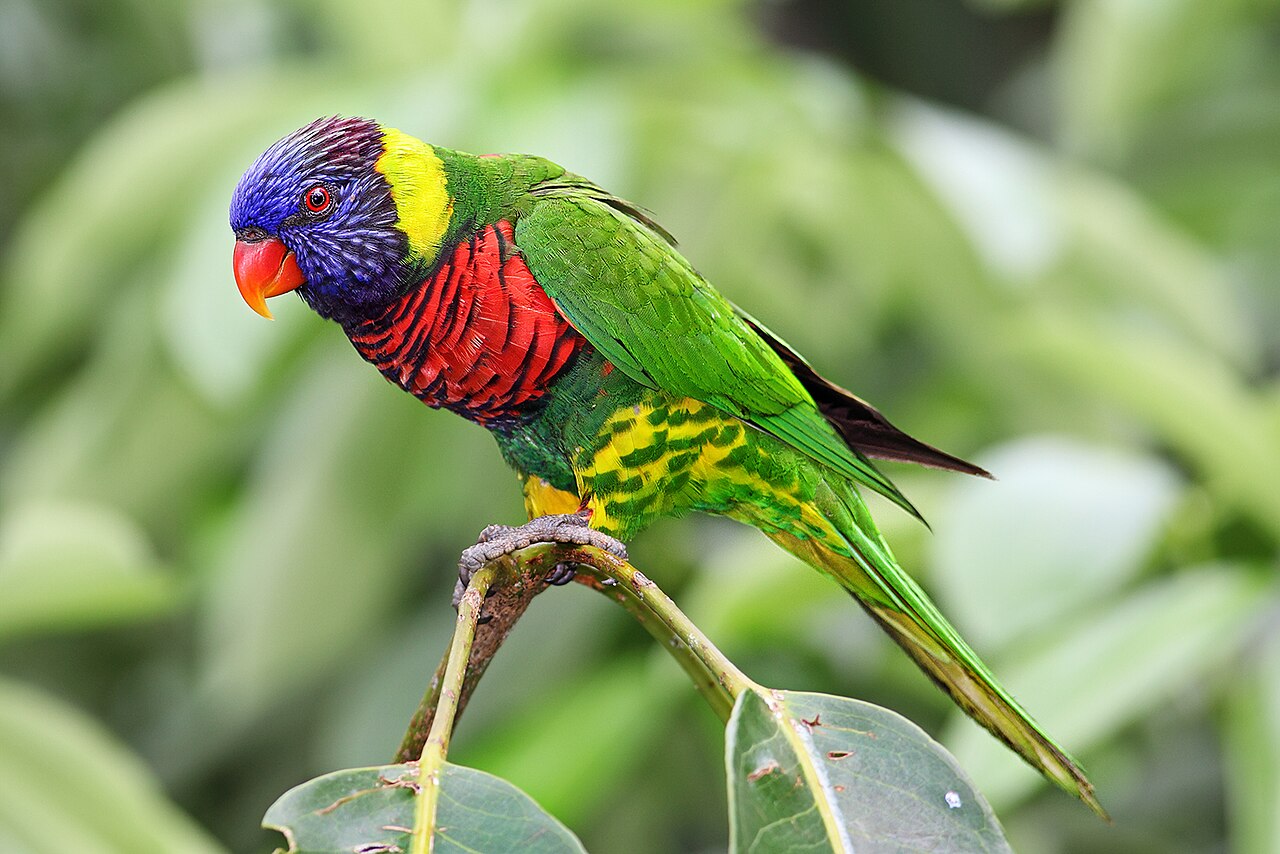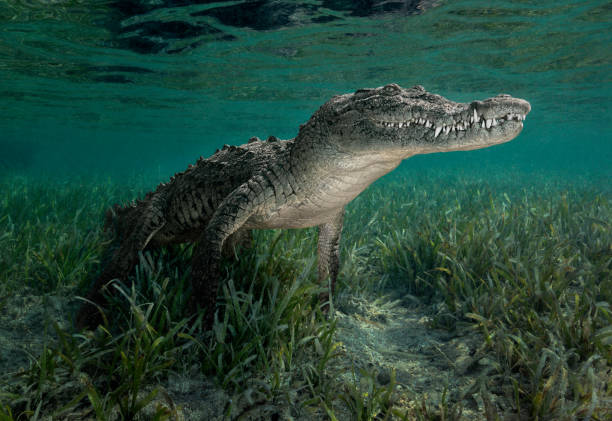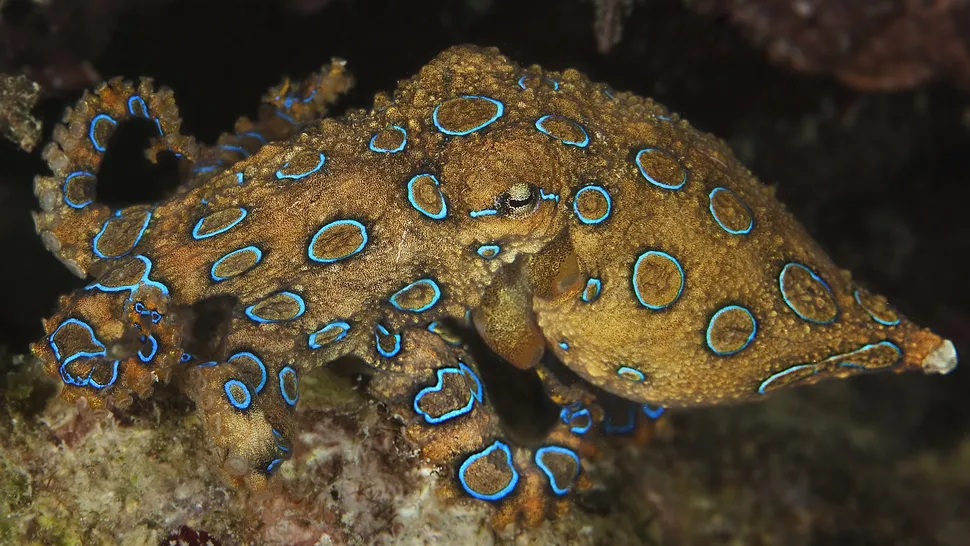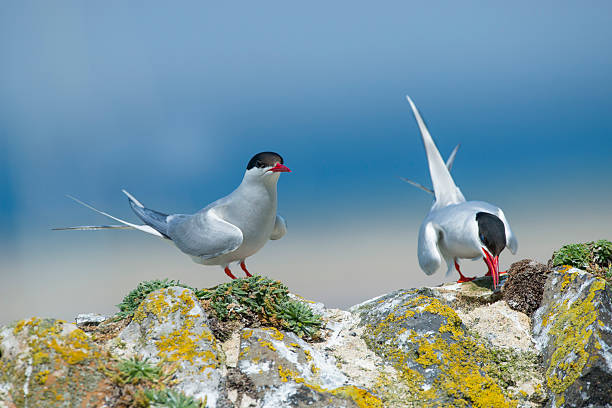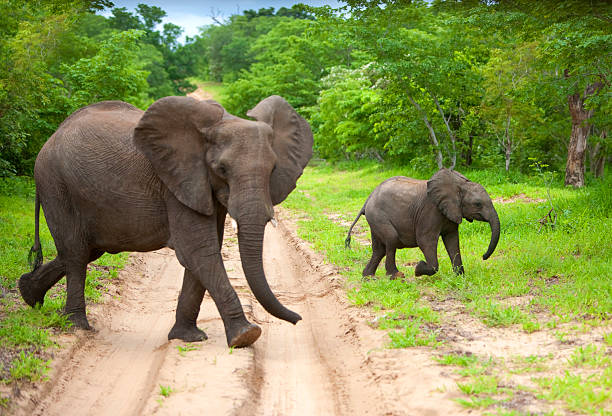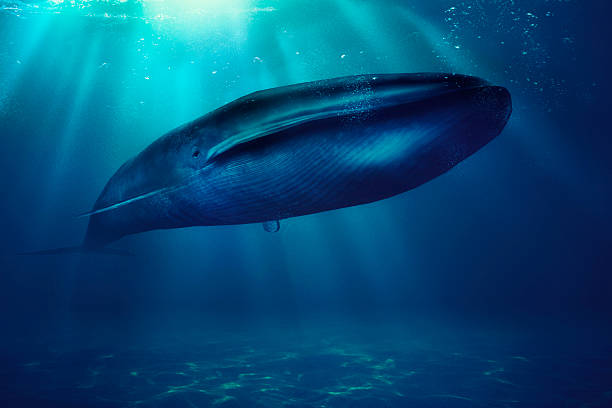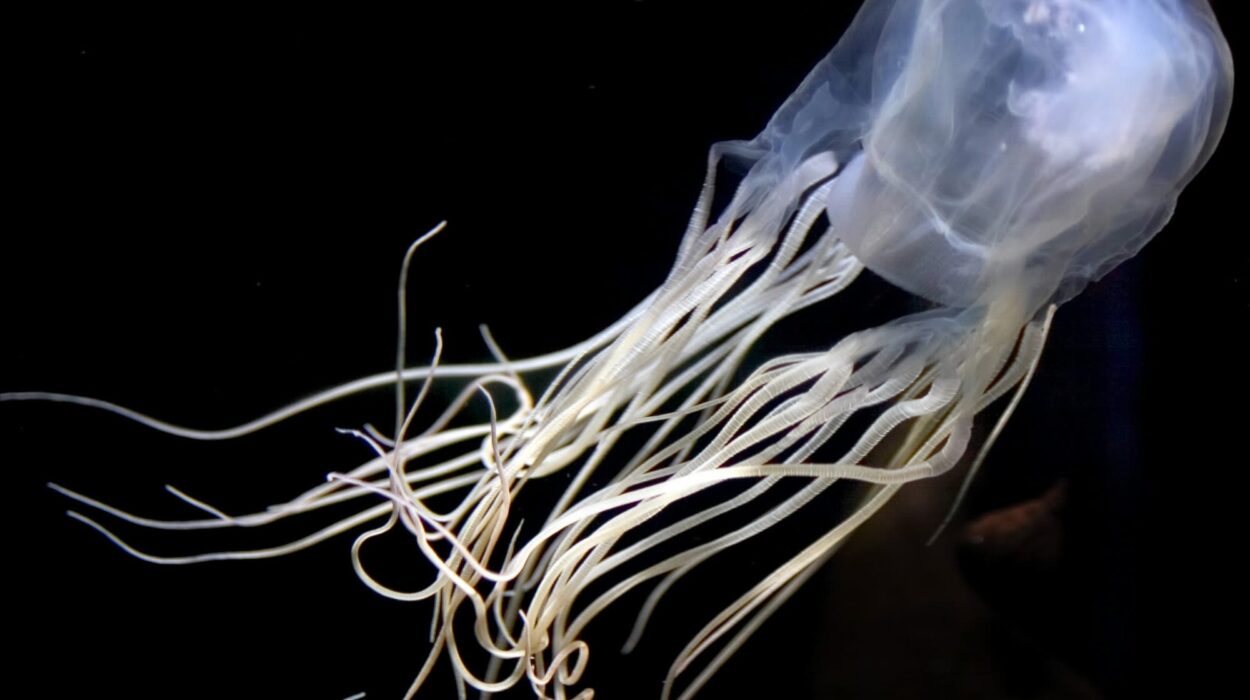There are moments in life when time seems to stop—a sudden hush before dawn, a streak of movement across the sky, a flash of color that captures the heart. That fleeting vision is a bird: a creature so ordinary we see it every day, and yet so extraordinary that it embodies freedom, grace, and mystery all at once.
Birds are living poems written by evolution itself. They are the Earth’s music set to motion, the messengers between land and sky, the last descendants of dinosaurs who refused to vanish. In their delicate bones and beating wings lies the history of life’s resilience, ingenuity, and beauty.
To study birds is to open a window into nature’s creativity. Their songs, their migrations, their astonishing variety—all tell a story billions of years in the making. Birds are not just animals; they are the threads that weave ecosystems together and the symbols that have inspired human imagination since our earliest ancestors looked upward.
The Origin of Birds: The Sky-Bound Descendants of Dinosaurs
To understand what birds are, we must look backward into deep time—to an age when giant reptiles ruled the Earth. Birds are not separate from dinosaurs; they are their living heirs.
Roughly 150 million years ago, during the Jurassic period, a small, feathered dinosaur called Archaeopteryx took to the air. Its fossilized remains, discovered in Germany in the 19th century, captured a moment of evolutionary transformation: feathers for flight, a wishbone for strength, and hollow bones for lightness—yet teeth and claws that still whispered of its reptilian ancestry.
From these ancient beginnings, birds evolved in endless forms. Over millions of years, they refined flight, diversified into countless ecological niches, and spread across every continent. Today, more than 10,000 bird species inhabit our planet—from the tiniest hummingbird to the towering ostrich—each carrying the DNA of ancient dragons who learned to fly.
Their origin story is one of persistence and adaptation. While most dinosaurs vanished in the great extinction 66 million years ago, the ancestors of modern birds survived. They endured the darkness, the cold, the hunger, and when the skies cleared, they rose again—singing.
The Architecture of Flight
To watch a bird in flight is to witness physics turned into poetry. Every curve, every muscle, every feather is a testament to millions of years of evolution fine-tuning the mechanics of the air.
Birds are marvels of biological engineering. Their skeletons are lightweight yet strong, composed of hollow bones that reduce weight without sacrificing stability. Their muscles—especially the pectorals that power the wings—are proportionally enormous, often accounting for a third of their body mass.
Feathers are the crowning innovation. Far from mere decoration, feathers are aerodynamic miracles. Each feather has a central shaft and a vane made of interlocking barbs and barbules, creating a flexible yet airtight surface. This allows birds to control airflow, lift, and maneuverability.
Wings come in many forms, shaped by lifestyle. Long, narrow wings of albatrosses are built for gliding across oceans, while short, rounded wings of sparrows allow rapid bursts through forests. Hummingbirds possess the unique ability to hover, their wings beating up to 80 times per second, allowing them to sip nectar midair.
But flight is not just physical—it is energetic artistry. To stay aloft, birds must balance lift, thrust, drag, and weight with precision that rivals any machine. The alchemy of flight transforms chemical energy from food into motion, heat, and grace.
Feathers: The Miracle of Design and Color
Feathers are perhaps nature’s most intricate invention. They serve not only for flight but also for insulation, camouflage, display, and communication. They define what it means to be a bird.
Feathers originated from reptilian scales millions of years ago, evolving first for temperature regulation and display before becoming tools for flight. Today, they exist in dazzling diversity. Some shimmer with iridescent hues that shift with the angle of light, as in peacocks and hummingbirds; others are soft and downy, trapping air to keep warmth in during cold nights.
The colors of feathers arise from pigments and structural effects. Melanin produces blacks and browns, carotenoids give reds and yellows, and microscopic nanostructures scatter light to create blues and iridescence. A bird’s plumage can serve as camouflage, blending with the environment, or as a bold declaration—“I am healthy, strong, and ready to mate.”
When a male bird of paradise fans his tail and dances in a forest clearing, he is performing an evolutionary ritual honed by sexual selection. His feathers are advertisements of genetic fitness, messages written in color and motion.
Every feather eventually falls, replaced in a process called molting—a quiet renewal that ensures flight remains efficient and survival continues.
The Music of the Air: Songs and Communication
If feathers are a bird’s art, song is its soul. Birds sing not just to please human ears but to speak to each other in a language as ancient as the sky.
Birdsong serves many purposes: to defend territory, attract mates, signal alarm, or strengthen social bonds. Some species, like nightingales and thrushes, produce melodies so complex they rival human music in structure and rhythm. Others, like crows and ravens, use calls rich with meaning and intelligence.
The syrinx, a unique organ located at the base of a bird’s trachea, allows incredible control over sound. Birds can produce two notes simultaneously, vary pitch rapidly, and mimic other species or even mechanical noises. The lyrebird of Australia, for instance, can imitate chainsaws, camera shutters, and dozens of other birds with uncanny precision.
Communication extends beyond sound. Visual signals—colors, postures, dances—play crucial roles. Courtship displays, synchronized flights, and cooperative behaviors reveal that birds are social creatures with complex forms of intelligence and emotion.
When a dawn chorus rises from the trees, it is not chaos but conversation—a chorus of life itself greeting the light.
Migration: The Endless Journey
Among all the wonders of the natural world, bird migration remains one of the most breathtaking. Every year, billions of birds travel thousands of miles across continents and oceans, guided by instinct, stars, magnetic fields, and memory.
The Arctic tern holds the record for the longest migration, flying from the Arctic to the Antarctic and back—a journey of over 40,000 kilometers each year. Swallows return to the same nesting sites annually, traveling across deserts and seas with unerring precision. Monarchs of the sky, these voyagers trace invisible routes older than human civilization.
Migration is a feat of endurance and coordination. Birds must store fat reserves, time their departures with weather patterns, and navigate through storms and predators. They rely on celestial cues, the Earth’s magnetic field, landmarks, and even polarized light.
Why do they go through such peril? Survival. Many migrate to exploit seasonal abundance—flying toward food, warmth, and breeding grounds. Migration is evolution’s masterpiece of timing and adaptation.
And yet, it is also deeply emotional to witness. The sight of geese flying in a perfect V formation against a crimson sunset reminds us that life itself is a journey—a movement between beginnings and endings, driven by hope and necessity.
The Intelligence of Birds
For centuries, humans underestimated birds, dismissing them as creatures of instinct. But modern science has shattered that misconception. Birds are astonishingly intelligent, capable of problem-solving, tool use, memory, and even cultural learning.
Crows and ravens, members of the corvid family, are among the smartest animals on Earth. They recognize faces, plan for the future, use tools, and understand cause and effect. Parrots possess complex vocal learning abilities and emotional depth; some can use words contextually and form lifelong bonds.
Even small songbirds show remarkable navigational and social intelligence. Pigeons can recognize themselves in mirrors—a sign of self-awareness once thought unique to humans and great apes.
Birds’ brains, though small, are densely packed with neurons, especially in regions associated with cognition and communication. They think in ways different from mammals, yet no less sophisticated.
Their intelligence challenges our anthropocentric view of the world. It reminds us that consciousness comes in many forms—and that the mind of a bird, though feathered and winged, shares kinship with our own.
Birds in Ecosystems: Nature’s Balancers
Birds are not merely decorations of the sky—they are vital architects of Earth’s ecosystems. Their roles are countless and indispensable.
Pollinators like hummingbirds sustain the reproduction of flowering plants. Fruit-eating birds disperse seeds far and wide, regenerating forests. Insectivorous species keep pest populations in check, while scavengers like vultures cleanse the land of decay and disease.
In wetlands, herons and ducks shape aquatic environments through feeding behaviors. On coasts, seabirds link ocean and land ecosystems by transferring nutrients through guano. Each bird, no matter how small, contributes to ecological balance.
When birds disappear, the world trembles. The decline of vultures in parts of Asia led to a surge in disease and carcass decay. The loss of pollinating birds threatens plant diversity. Every wingbeat echoes through the web of life.
To protect birds is to protect the health of the planet itself.
The Colors of Adaptation
Birds have conquered every corner of Earth—from polar ice to tropical rainforests, from mountains to deserts. Their success lies in their adaptability.
Penguins, though flightless, use their wings as flippers to “fly” through the sea with grace and speed. Owls, masters of stealth, possess specialized feathers that silence their flight. Woodpeckers have shock-absorbing skulls and tongues that wrap around their heads to protect their brains while drilling into wood.
Desert birds conserve water with remarkable efficiency, extracting moisture from food and excreting uric acid instead of liquid urine. High-altitude species, like the bar-headed goose, can fly over the Himalayas thanks to hemoglobin adapted to thin air.
Even coloration is adaptive. Arctic ptarmigans change plumage from brown in summer to white in winter, vanishing into snow. Bright tropical birds use color to attract mates, while dull tones conceal others from predators.
Each adaptation tells a story of life’s relentless ingenuity.
Courtship, Love, and Family
The romantic lives of birds are as diverse and dramatic as their songs. Some are monogamous for a season, others for life. Swans, albatrosses, and many parrots form enduring pair bonds, reaffirmed through dances, calls, and mutual preening.
Courtship in birds often borders on the theatrical. Male birds of paradise perform elaborate dances and displays of iridescent feathers. Bowerbirds construct intricate “bowers” decorated with flowers, shells, and colorful objects to impress females.
Once paired, many birds share parental duties. They build nests—ranging from the woven artistry of weaverbirds to the simple ground scrapes of plovers—and take turns incubating eggs and feeding chicks.
The bond between parent and chick is profound. The first cry of a hatchling triggers instinctive care. Birds defend their young fiercely, risking their lives against predators. In this nurturing behavior, we glimpse the universal pulse of love that flows through all living things.
The Threats They Face
Despite their resilience, birds today face unprecedented dangers. Habitat loss, climate change, pollution, and human exploitation have driven countless species to the brink of extinction.
Deforestation erases nesting grounds. Plastic waste fills oceans and stomachs. Light pollution confuses migratory paths. The once-mighty flocks of passenger pigeons have vanished forever, a haunting testament to human impact.
Climate change shifts seasons and food availability, leaving migratory species out of sync with their ecosystems. Raptors and scavengers suffer from poisoning and collisions with wind turbines or power lines.
Conservation is not a luxury—it is a necessity. Protecting birds means preserving the ecosystems we share. Efforts to restore wetlands, create bird sanctuaries, and curb pollution are acts of hope not only for them but for ourselves.
When a bird falls silent, the world grows emptier. When it sings again, the Earth breathes.
Birds and Humanity: A Shared History
Birds have always been companions to human imagination. They appear in myths, religions, and art across every culture. The phoenix, symbol of rebirth; the dove, emblem of peace; the raven, messenger of prophecy; the eagle, spirit of power—all reflect our longing for transcendence.
They taught us to dream of flight. Leonardo da Vinci studied birds to design his flying machines. The Wright brothers watched pigeons and gulls before their first flight. Even today, the patterns of aerodynamics are inspired by the curve of a wing.
In literature and music, birds symbolize freedom, love, and the eternal. Their presence in poetry—from Shelley’s skylark to Poe’s raven—reminds us that life’s beauty often lies in its fragility.
Human culture and biology have always intertwined with birds. They feed us, clothe us, inspire us, and challenge us to care. Our fates are interwoven in the same thread of sky.
The Beauty of Diversity
To walk through the world and notice birds is to rediscover wonder. A kingfisher’s dive is a flash of sapphire; a heron’s flight, a poem in motion. The humble sparrow chirping outside a city window carries the same magic as a flamingo standing in a pink lagoon.
Birds vary in color, form, and song as if nature itself were painting with boundless imagination. The toucan’s bill, the owl’s eyes, the crane’s dance—all reveal the art of adaptation and the joy of being alive.
Each species represents a different solution to the challenge of survival, a distinct way of saying “yes” to life.
The Science and Wonder of Observation
Ornithology—the study of birds—has always been a blend of science and passion. From amateur birdwatchers to professional researchers, millions of people around the world devote their lives to understanding these creatures.
Bird banding, satellite tracking, and acoustic monitoring have revealed astonishing insights into migration, behavior, and communication. Yet, beyond data, birdwatching remains an act of connection. To lift binoculars is to enter a dialogue with nature.
Every sighting—a hawk circling above a field, a warbler flashing through leaves—is a reminder of our place within the living world. Birds make us look up, listen, and care.
Hope in the Skies
Despite the challenges, there is hope. Conservation efforts have brought species like the bald eagle, California condor, and whooping crane back from the edge of extinction. Protected reserves, reforestation, and international treaties have begun to heal the wounds humanity inflicted.
Citizen science—through bird counts, photography, and habitat restoration—empowers ordinary people to become guardians of the skies. Education and awareness inspire new generations to protect what they love.
The story of birds is ultimately one of endurance. As long as wings beat against the wind and songs rise from the trees, life continues to triumph over adversity.
Conclusion: The Winged Soul of the Earth
To speak of birds is to speak of life itself—fragile, fierce, and fleeting. They embody the eternal yearning for freedom, the connection between heaven and earth, the resilience that defines all living things.
In their flight, we see hope. In their song, we hear the voice of nature calling us home.
Birds are not just inhabitants of the world; they are its spirit made visible—proof that life, no matter how heavy the Earth may seem, can still rise and soar.
And as long as there are birds, there will be beauty in the world, and there will be reason to look up.
